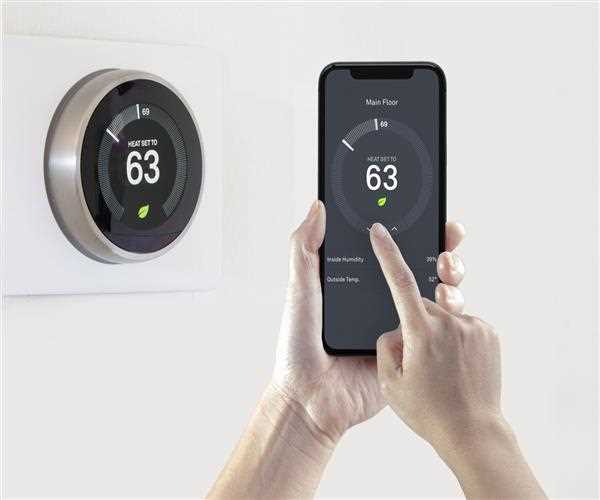Smart thermostats contribute to energy savings through advanced features and automation, optimizing heating and cooling systems for efficiency. Here's how they achieve energy conservation:
Temperature Programming: Smart thermostats allow users to create customized temperature schedules based on daily routines. By automatically adjusting the temperature during periods when occupants are away or asleep, these devices prevent unnecessary heating or cooling, reducing energy consumption.
Learning Algorithms: Many smart thermostats incorporate machine learning algorithms that adapt to users' preferences over time. They learn the heating and cooling patterns, optimizing temperature settings to maximize comfort while minimizing energy usage.
Remote Access and Control: Smart thermostats provide remote access through mobile apps, enabling users to monitor and adjust their home's temperature settings from anywhere. This feature allows users to make real-time adjustments based on unexpected changes in plans, avoiding unnecessary energy use when no one is at home.
Geofencing Technology: Some smart thermostats use geofencing, which utilizes the location of users' smartphones to determine when they are approaching or leaving home. This information triggers adjustments to the temperature settings, ensuring energy is not wasted when the home is unoccupied.
Integration with Home Automation: Smart thermostats often integrate with other smart home devices. For example, they can communicate with occupancy sensors and weather forecasts to make more informed decisions about when to adjust temperatures, further optimizing energy efficiency.
By combining these features, smart thermostats enhance the precision and automation of heating and cooling systems, leading to significant energy savings and reduced utility costs for homeowners.
Read also: Augmented reality enhance user experiences in various fields, such as gaming and education.
